- Destinations
- Travel Styles
- About Us
- Contacts
- Destinations
- Travel Styles
- About Us
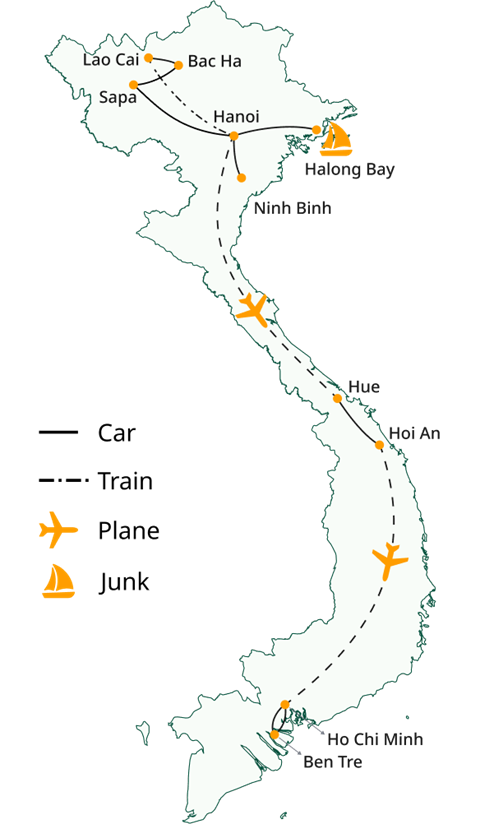
Arrive in Hanoi, the thousand-year-old capital located in the heart of northern Vietnam, warmly welcomed by the English-speaking guide from Kampá Tour at the airport. A comfortable transfer takes visitors to the centrally located hotel (rooms available from 2:00 p.m.), with the day's activities tailored to suit the arrival time.
Set out for the first exploration of the city center, marking the start of your 2-week itinerary in Vietnam, soaked in the charm of this ancient capital:
Ly Thai To is the founder of the Ly dynasty (1009-1225). It was he who transferred the capital from Hoa Lu to Hanoi in 1010
This Old Quarter is located in the heart of Hanoi and is full of old houses, temples, bustling markets, artisan shops, and traditional restaurants. It is an emblematic place that testifies to the history and culture of the Vietnamese capital.
Discover the colonial heritage with French concessions: take a cycle rickshaw ride through the city to visit the Grand Théatre, the Métropole hotel, the state bank, the Central Post Office…
End your day with a relaxing night at the hotel, marking the beginning of your Vietnam 2-week itinerary from North to South with Kampá Tour.
A day dedicated to exploring Hanoi's most remarkable cultural sites and historical monuments:
Built 1000 years ago, this Confucian temple served as an institution where royal offspring and sons of mandarins received their education. It also hosted competitions for the country's most talented students, with the winners attaining the status of scholars and senior officials in Vietnamese feudal dynasties.
Colorful wooden puppets are skillfully manipulated by the artists using rods and bamboo shafts underwater. It is a unique and captivating art form unique to the Northern Vietnamese tradition.
Each compartment is divided into small cabins, equipped with 2 to 4 berths. Amenities are located outside the cabins and are shared. If you are traveling as a couple, you have the choice between a cabin with 2 berths or privatizing a cabin with 4 berths for more privacy.
Arriving early at Lao Cai train station, you will be greeted by a local English-speaking guide and transferred to a small hotel near the station for a shower and breakfast.
From there, you'll journey to Bac Ha, a charming and peaceful town located approximately a hundred kilometers northeast of Sapa. Upon arrival, you'll embark on hiking adventures to explore the mountains, hills, valleys, and ethnic villages in the Bac Ha region. You'll trek through pine forests to reach Ngai Phong Cho, a village inhabited by the Flower Hmong and Phu La ethnic groups, where traditional thatched houses can still be found.
If time allows, you can continue the hike to Thai Giang Pho, known as the "Valley of Flowers," and visit the rarely-touristed villages of Thai Giang Pho and Na Lo, which are inhabited by the Tay and Black Hmong minorities. There is also an opportunity to visit a local family that specializes in rice wine production, a regional specialty, to learn about the local techniques.
At the end of the day, finding comfort and warmth with a welcoming Tay ethnic family.
Homestay accommodations typically consist of a single room within a traditional house, which can be either wooden or on stilts, depending on the host family's setup. You can expect to find mosquito nets, mattresses, and clean sheets provided on-site. The bathroom, equipped with hot water and towels, along with shared toilets, are usually situated outside the main house.
In the evening, enjoy a shared dinner with the host family—a special opportunity to delve into their way of life and experience the customs of the Tay minority.
Depending on the day, you may have the opportunity to visit a weekly market frequented by local minority communities around Bac Ha. This is a chance to encounter vibrant ethnic groups who gather at the market to trade goods and share news from their respective communities.
Afterward, you'll transfer to Sapa, a former French colonial resort, known as the homeland of the Hmong, Dzao, and Dzay minorities.
In the afternoon, your journey continues with visits to the villages of Hang Da and Sa Seng. While walking through the karst limestone formations of Hang Da, you'll pass through charming hamlets and observe various agricultural activities.
Your exploration proceeds towards Sa Seng, a picturesque valley flanked by mountain ranges. Along the way, you'll traverse lush forests and pristine waterways. Photo opportunities abound, allowing you to capture stunning views of rice fields, tomato and cabbage farms, and traditional houses.
As the day draws to a close, you'll return to town and spend the night at the hotel.
A day of hiking amidst the breathtaking and exotic landscapes of the Muong Hoa Valley.
Explore the ethnic villages scattered across the valley, including Y Linh Ho and Lao Chai inhabited by the Black Hmong, and Ta Van home to the Dzay minority.
Encounter local residents as they labor in the rice fields, offering insights into their daily routines and way of life.
As the day comes to a close, embark on a scenic drive back to Hanoi (approximately 5.5 to 6 hours).
Spend the night at the hotel.
Set out for Ninh Binh, known as the land of limestone karsts, sugarloaf mountains, and rice fields flooded by rivers and lakes throughout the year.
Arrival in Ninh Xuan, visit Mount Mua. Climbing a white staircase of 486 stone steps to the summit, this bell-shaped mountain will offer you a panoramic view of the Tam Coc region.
A limestone mountain located near the rivers and sugar loaves of Tam Coc. In the past, it was famous for its dance performances offered to the kings of the Tran dynasty (13th-14th century).
Afterward, transfer to Tam Coc, bike ride and relax to discover this fabulous region.
A vast landscaped area including sugar loaf rock formations, rice fields and rivers. Boat trips on the Ngo Dong River, through the sugar loaves, will allow you to fully enjoy the lush surrounding nature.
In the afternoon, enjoy a boat trip along the Ngo Dong River to explore the beauty of Tam Coc. This meandering river takes you through lush rice fields, past picturesque sugar loaf hills, and beneath the three enchanting caves nestled at the base of towering limestone peaks.
Return to Hanoi by the end of the day and spend the night at the hotel.
For a shorter drive, there's an option to stay in Ninh Binh on this day and spend the night there (without returning to Hanoi during the day). Then, you can depart for Halong Bay the following morning with a guide and private car. Please contact us for this option.
Embark on a journey to Halong Bay, often hailed as the most stunning bay in Vietnam and one of the most enchanting landscapes in all of Asia. Step aboard a traditional junk upon arrival and receive a warm welcome from the crew. Set sail for an unforgettable cruise across the bay, where you'll have the opportunity to explore the northern part of Halong Bay, known as Bai Tu Long:
We provide shared junks, typically smaller in size with 10 to 12 cabins, suitable for hosting around twenty passengers. Alternatively, you have the choice of selecting a private cruise on a smaller junk, offering one or a few cabins, for a truly unforgettable experience. Don't hesitate to get in touch with us if you're interested in this option.
End of the afternoon, relaxing on the upper deck of the junk.
Participation in a culinary demonstration on board, preparation of spring rolls or spring rolls.
Tasty seafood lunch and dinner.
Free evening for your personal rest and relaxation: card games, night fishing…
Night on board.
Rise at dawn to savor a truly unique spectacle: the first rays of sunlight peering over the countless sugarloaf peaks of the bay, followed by a serene Tai Chi session on the terrace.
Tai Chi, the art of deep relaxation, involves performing a series of slow, flowing, and circular movements.
Initiate on a boat or kayak excursion to explore the charming fishing village of Vung Vieng, where you may have the chance to meet local residents.
Enjoy lunch on the junk, then disembark and return to Hanoi.
In the evening, catch a flight to Hue, the historic imperial city located in the heart of the country.
Spend the night in Hue
Departure for a city tour of Hue (Hue being the last imperial capital of Vietnam 1802-1945)
Night at the hotel.
Departure by road for Hoi An, an ancient small town located 150 km south of Hue. Several stops are planned along the way:
This pass acts as a natural climatic divide between the northern and southern regions of the country. From its summit, you can behold the breathtaking bays of Lang Co and Da Nang, stretching as far as the eye can see.
In the afternoon, arrive in Hoi An, complete the check-in process at the hotel, and settle in for an overnight stay.
Completely free day for an independent discovery of the old town of Hoi An with: the Fujian sanctuary dedicated to the protective goddess of fishermen and sailors; Phuc Thanh Pagoda, the oldest in Hoi An (1454); the Japanese Bridge built in 1593; the old streets, the museums, and the old wooden houses dating back hundreds of years...
Relaxation on the beautiful beaches of the Eastern Sea (Cua Dai, An Bang, etc.) or a walk to the surrounding countryside where there are several traditional villages (vegetables, pottery, carpentry, etc.).
Night at the hotel.
Take a flight to Ho Chi Minh city, the southern capital (formerly Saigon). Upon arrival, embark on a visit to:
Formerly known as Saigon, Ho Chi Minh City is the country's largest city, home to around 10 million people. The city is also the access point to the Mekong Delta, the coastal coast and the southern highlands.
Night at the hotel.
Departure for the Mekong Delta, a half-land, half-aquatic territory in the far south of the country.
Arrival at Ben Tre, the large town located in the heart of the northern arms of the river. Boat trip on the rivers to reach Mo Cay, a small rural region with little tourism, well known for its coconut trade and the manufacturing of coconut products: coconut, coconut thread, activated coconut carbon, etc.
Bike ride or Xe loi (motorized cycle) on the green island abundantly covered with coconut plantations. The route, away from mass tourism, takes you along small paths, under the shade of coconut trees, which offer a particularly poetic landscape. Stop at farms to observe the manufacture of sweets and coconut brooms.
Continue with a trip in a small rowing boat through the arroyos surrounded by water palm trees, to immerse yourself in the daily life of the delta. Visit to Mr. Van's traditional house, tasting of local specialties made by his wife: coconut jam, tea with honey and pollen... and great encounters with the local population.
Afternoon, transfer to Vinh Long and arrive at the island of An Binh (“peace”) located in the middle of the Mekong. Installation at Mme Thuy’s, a peaceful guest house with a beautiful garden. Free time to relax in a very calm and relaxing environment.
In the evening, participate in the preparation of the meal then have dinner with your creations.
Night at Madame Thuy’s.
Wake up early, greet the guests, then transfer to Can Tho, the capital of the delta, located on the right bank of the southern arm of the Mekong.
On arrival, board a boat for a trip on the Mekong. Visit the Cai Rang floating market, which looks like a lively show bringing together numerous boats loaded with fruits, vegetables... and all other types of goods. Discovery of the very original 'river trade' of the inhabitants of the Mekong region.
Taking its source in the gigantic Himalayan range, the Mekong crosses five countries upstream in Southeast Asia (China, Burma, Thailand, Cambodia, Laos) before emptying into the Pacific Ocean on the territory of Vietnam. This river has shaped a vast and fertile delta in the southern part of the country known as the 'Mekong Delta.'
Disembark for a visit to the An Binh land market located opposite Cai Rang, an opportunity to make an interesting comparison between the floating market and the land market. Transfer to Phong Dien, visit an orchard, then bike ride through small hamlets along the So Dua River. In the afternoon, return to Ho Chi Minh City.
You will be transferred to the airport for your departure flight.
Please note that it is also possible to complete this circuit in the south-to-north direction. Feel free to contact us if you are interested in this option.
Thank you for choosing our Vietnam 2-week itinerary from North to South with Kampá Tour! We hope you had a fantastic experience. Safe travels!

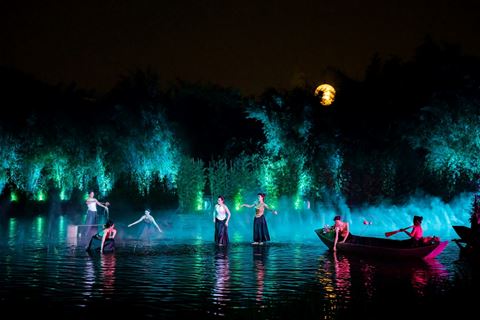
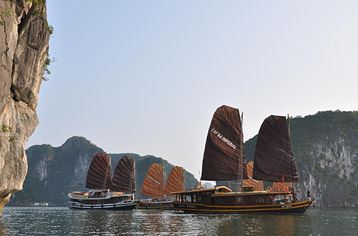
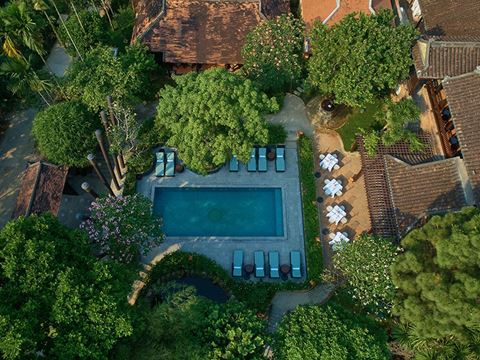
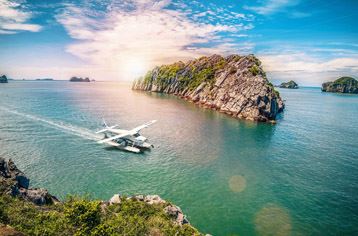
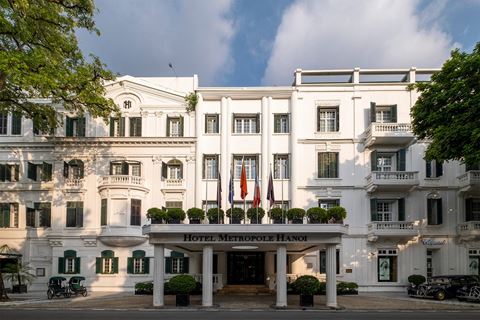
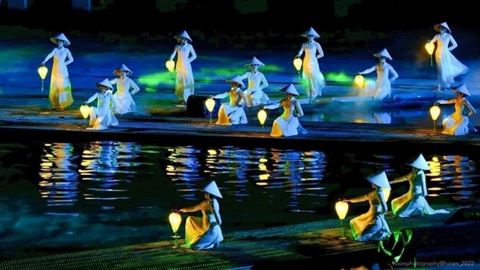
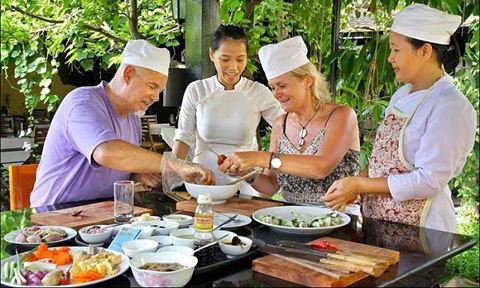
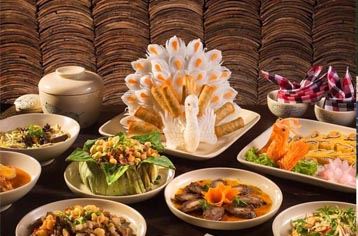
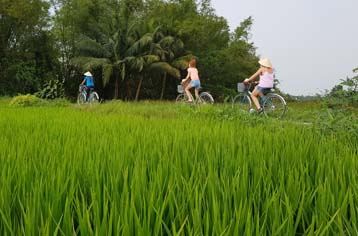
Balancing relaxation and adventure in this itinerary involves planning a mix of activities that cater to both. Incorporate adventurous activities like trekking, biking, and water sports with relaxation time at beaches, spas, and scenic spots. Kampá Tour will ensure your itinerary has a good mix of high-energy days followed by more leisurely days to rest and recharge.
At Kampá Tour, we recommend the following times for hiking in Vietnam based on our extensive experience:
These recommendations ensure you have a pleasant and enjoyable hiking experience across Vietnam.
Hiking Ta Xua Peak in Son La without a guide is not recommended due to its challenging and wild terrain. It is easy to get lost in the jungle.
Some of the best hiking spots in Vietnam, especially in the North and Northwest, include Ky Quan San in Lao Cai, Pha Luong in Son La, Lao Than in Lao Cai, Ta Xua Peak in Son La, and Lung Cung in Yen Bai. These places offer stunning landscapes and challenging trails. It is highly recommended to hire a private guide (porter) from companies like Kampá Tour, which provides experienced English-speaking guides. The terrain in these areas is very wild and unknown, and navigating without a guide can be difficult and dangerous due to the risk of getting lost in the jungle.
To deal with language barriers in Vietnam in 2 weeks, learn a few basic Vietnamese phrases, use translation apps like Google Translate when your guide isn't around, carry a phrasebook, and be patient and polite. Many young Vietnamese people and those working in tourism speak some English, so don't hesitate to ask for help.
Packing for 2 weeks in Vietnam requires considering the diverse climates and activities you’ll encounter. Bring lightweight, breathable clothing for the humid weather, a rain jacket for unexpected showers, and comfortable walking shoes for exploring cities and natural sites. If your itinerary includes beach destinations, pack swimwear and sunscreen. Additionally, having a hat, sunglasses, and insect repellent is beneficial. Depending on the season and regions you visit, layers may be necessary for cooler temperatures in the north or higher altitudes. With these essentials, you'll be well-prepared for an enjoyable 2-week adventure in Vietnam.
Unique experiences to include in this trip could be taking a street food tour, trying your hand at traditional crafts like pottery or silk weaving, enjoying a bike ride through the countryside, participating in a dawn Tai Chi session by a lake, or exploring Vietnam's coffee culture by visiting local cafes and trying different brews.
Yes, it is entirely possible to make changes to the provided itinerary. We specialize in private and tailor-made trips, and our advisors will be able to adjust the program according to your every wish.
If you agree with the itinerary proposed by one of our advisors, please send us an email to confirm the reservation of the tour with our agency. Your advisor will then provide you with the booking documents, including:
A reservation form containing detailed information about your booked tour, as well as your personal details and contact information to be completed. You will need to return the form with these details duly filled out, which will be used for the organization of your trip. Please also send us a scan of your passports.
A travel invoice requesting a deposit payment of 25% of the total price.
The organization of your trip will be confirmed upon receipt of the completed form and once the deposit is in our possession. We will also send you a travel contract that certifies the details of your trip, including the duration, travel dates, deposit paid, and your contact information."
Spending 2 weeks in Vietnam is an ideal amount of time to experience the country's diverse attractions and culture. During this period, you can explore the bustling streets of Hanoi and Ho Chi Minh City, marvel at the natural beauty of Halong Bay, and relax on the stunning beaches of Da Nang. Additionally, you can choose to focus your 2-week itinerary on either the northern, central, or southern regions of Vietnam to fully immerse yourself in the unique experiences each area offers. Whether it's the mountainous landscapes and ethnic cultures of the north, the historical sites of the central region, or the vibrant Mekong Delta in the south, two weeks provide ample opportunity to appreciate the essence of Vietnam.
The price displayed on our website does not include international flights and is calculated based on 4 people with standard hotels. Our tours are private with custom services, so the price varies depending on the travel period, the selected service category, and especially the number of travelers. Please contact us for a detailed quote for your trip.
Vietnam experiences a diverse climate from north to south, owing to its varied topography and the country's considerable length (2000 km from north to south). When one region is humid, cold, or rainy, the other can be pleasantly sunny in contrast. Based on our experience, the optimal time to visit Vietnam is from October to April.
Within this timeframe, the best months are October to November and March to May. During these periods, the weather remains pleasant, and, additionally, they are the least rainy months of the year in Vietnam. While July and August can be a bit hot (30-35 degrees Celsius), Halong Bay typically enjoys sunny weather. You'll also have the opportunity to witness the region adorned with endless terraced green or yellow rice fields.
Regarding the southern region, despite it being the rainy season, precipitation usually lasts for only an hour or two each day, with the rest of the day being sunny. If you already have a specific timeframe in mind for your trip (winter, summer, etc.), please inform us, and we can provide guidance on the most favorable months.
If you are traveling with young children, we always try to arrange either family rooms or connecting rooms or rooms next to each other. However, not all hotels in our country have family rooms, and these rooms are usually in high demand in July and August, the peak vacation period for families. Therefore, we recommend booking your trip early to ensure the availability of the services according to your preferences.
During your family trip, we certainly offer several fun activities for your children during the journey: meeting new Vietnamese 'friends' by staying with local families, cycling, boating, kayaking, and visiting artisanal product workshops.
Vietnam boasts diverse landscapes and an authentic culture, ensuring an experience that will satisfy all your desires.
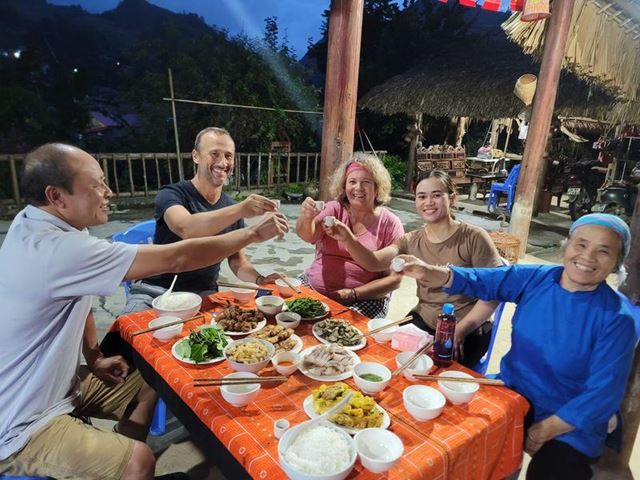
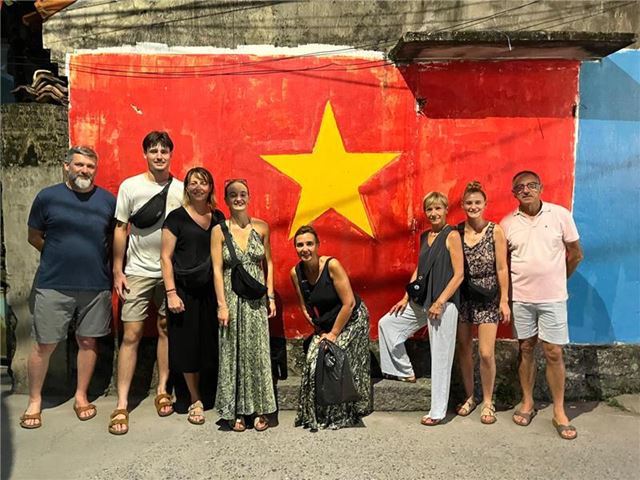
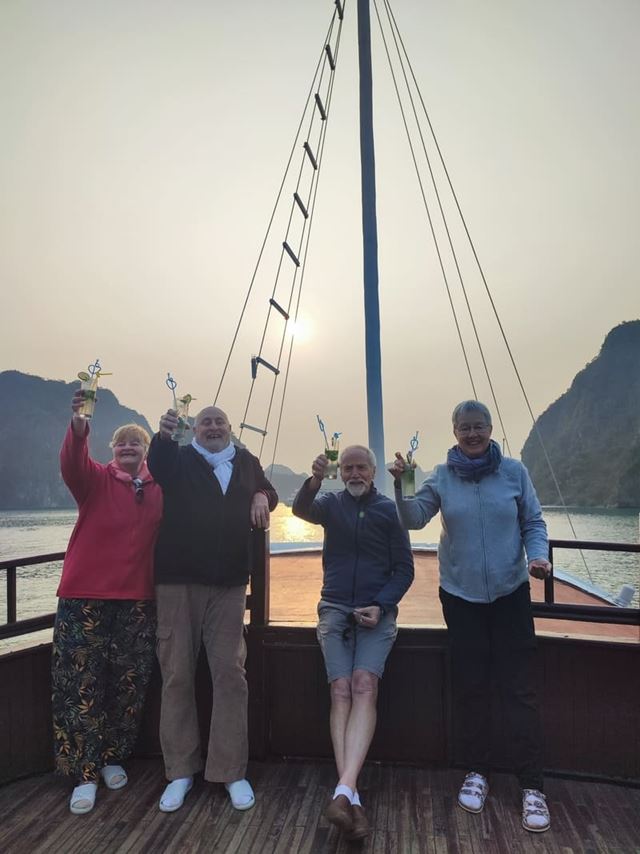
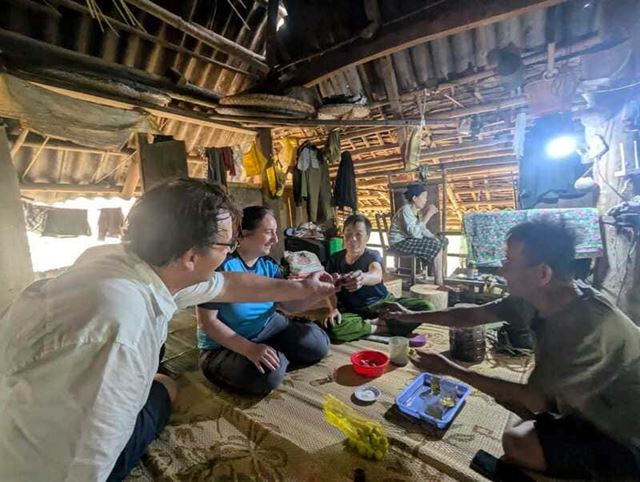
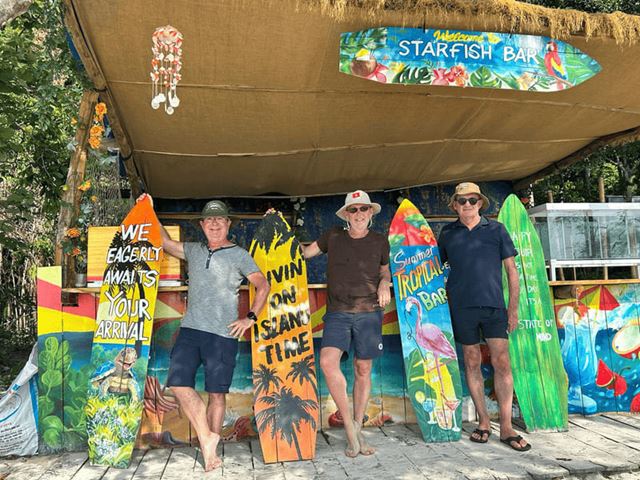
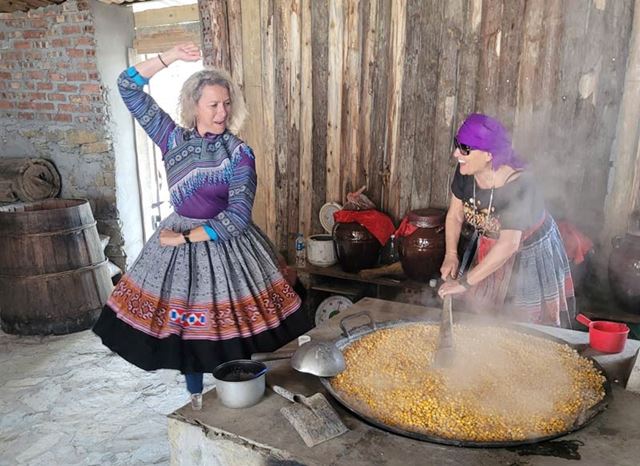
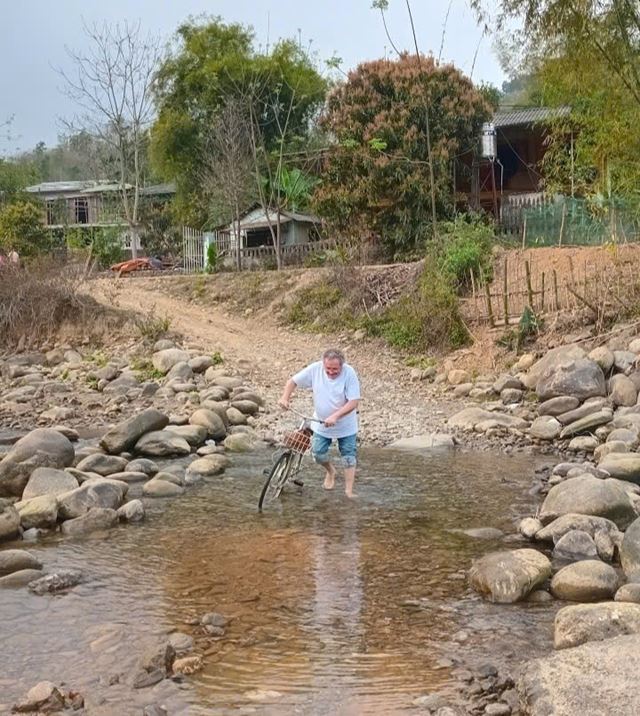
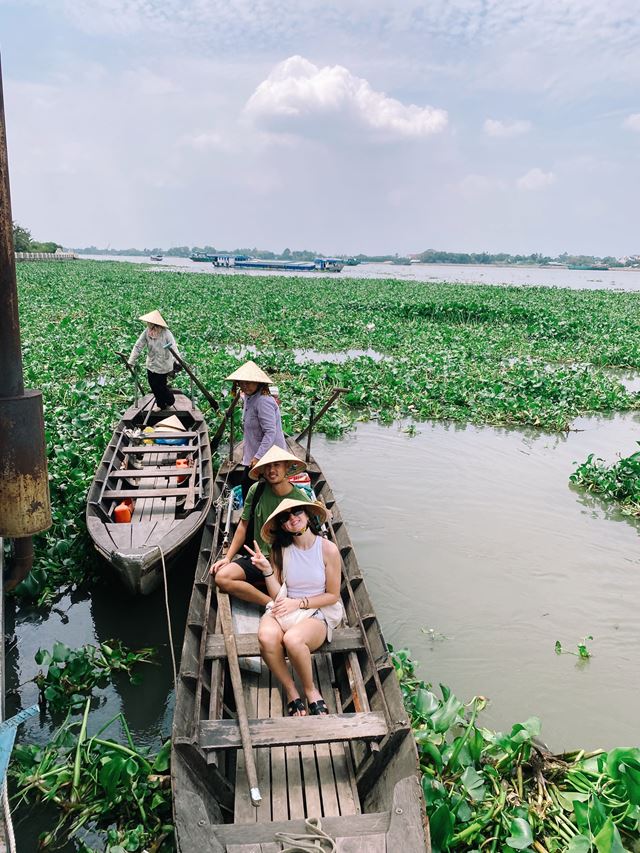
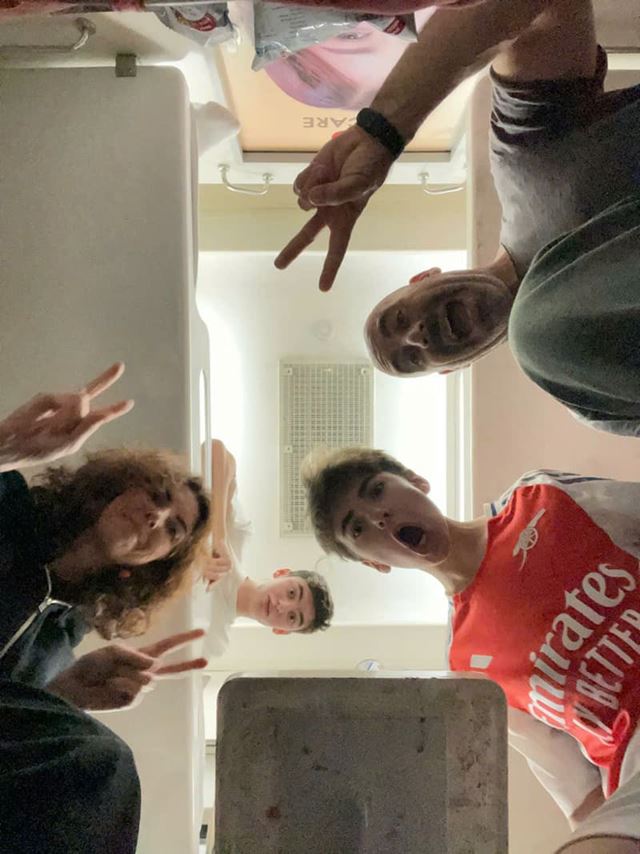
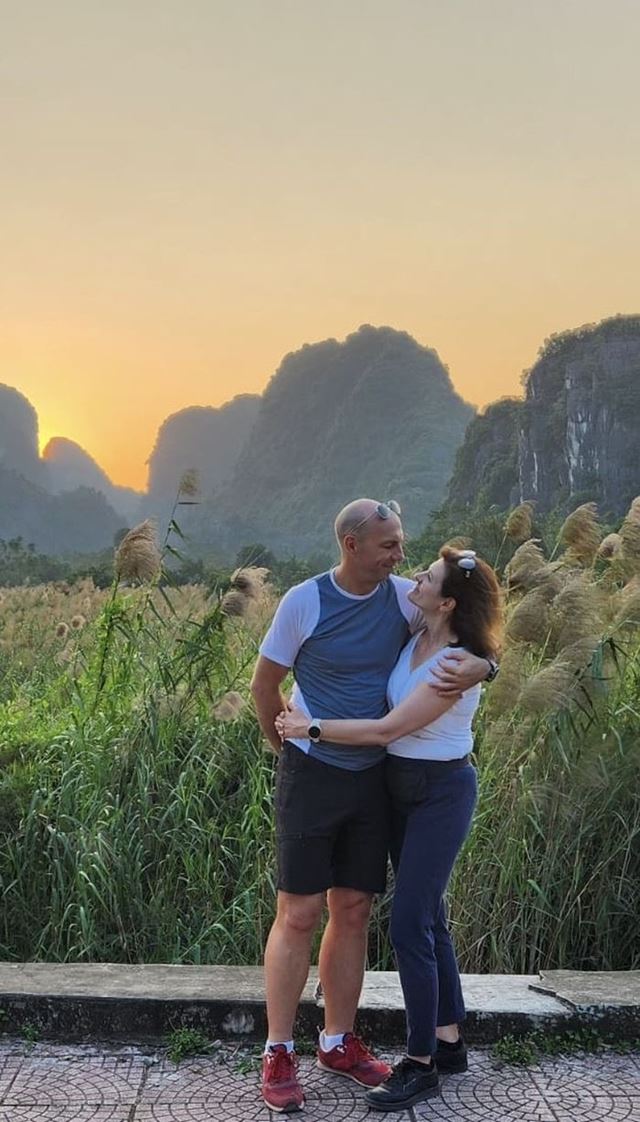
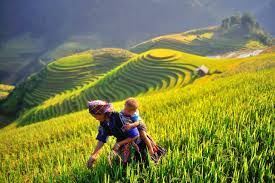 The Essentials
The Essentials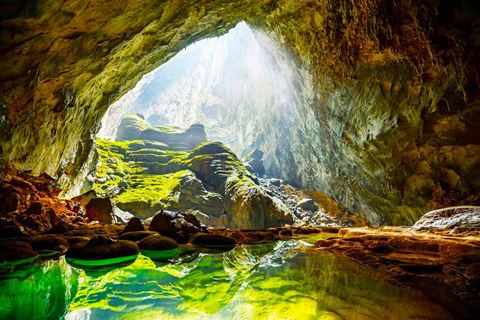 The must-sees in Vietnam
The must-sees in Vietnam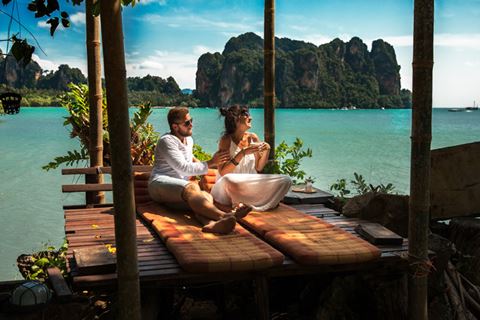 Couples & Relaxation
Couples & Relaxation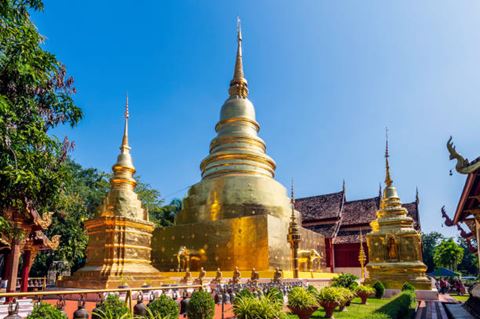 The must-sees in Thailand
The must-sees in Thailand
Comments
No comments yet - be the first to comment!